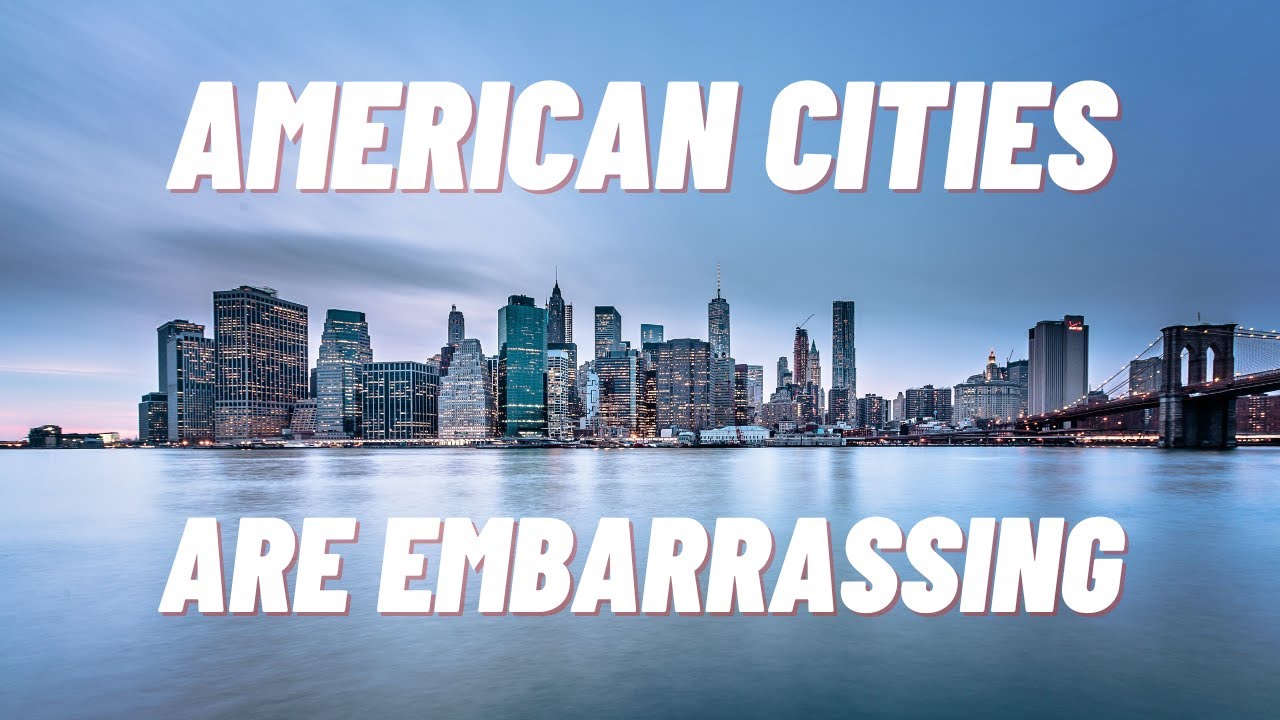This video outlines some of the relationships between US commuting culture and the perspectives that it’s engendered about the role of the city. The, when compared and contrasted to other nations’ approach to city design and perspectives shows that it’s possible to have a city core that’s more than just a workplace.
My city is currently clinging to a small area of interesting downtown core. Everything else has either been bulldozed for parking lots, turned into office buildings with no store fronts, or plowed into wider roads. Every time I show the maps of the city with how car-focused we’ve made downtown to a city council member they recoil at the desolation, but it’s so hard to get change happening.
We need fewer roads, cars, and non-human spaces in our city core areas. Making wider walking paths, biking roads, mass transit (not just busses!), and planting trees to make spaces more attractive will all continue to invite people to come downtown, not just someone desperate enough to drive there, park, hit one store and drive away.



In Canada the resistance to change is fueled by “this is how we’ve always done it” which is false as Canada was founded before the car was made. There is also a conflict of interest to reduce dependance on roads as we have a decent auto manufacturing sector and many people rely on jobs related to roads and cars. With zoning there is hesitancy to change because many of our politicians are land lords using single family homes as rentable apartments and they know that their property values will drop if we start building real multi unit residences and affordable housing.
Our cities have been caught in this style of development for decades and to try to change it really goes against the current political grain. It takes a brave and determined politician to try for change and they will meet resistance from their colleagues and parts of their voter base the entire way.